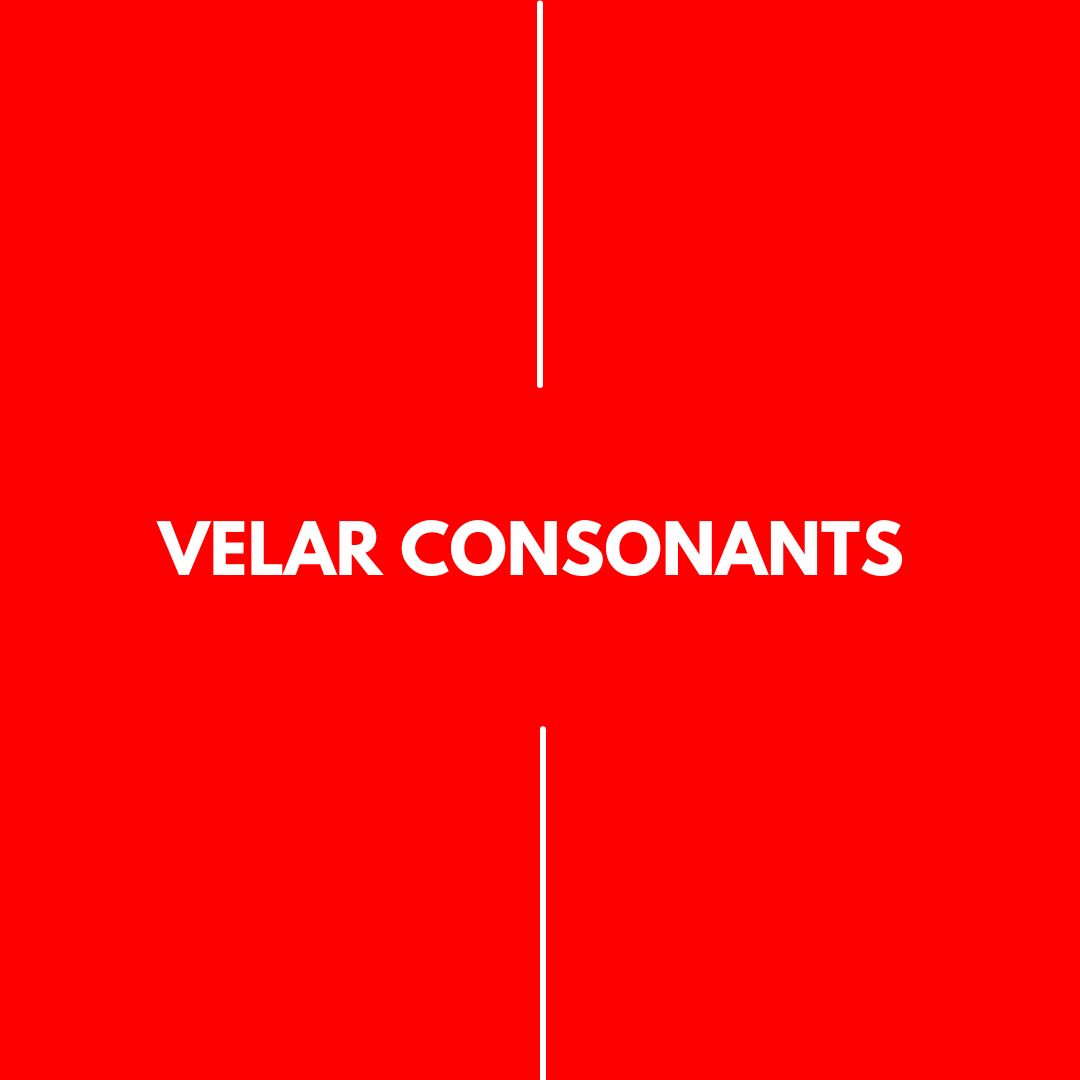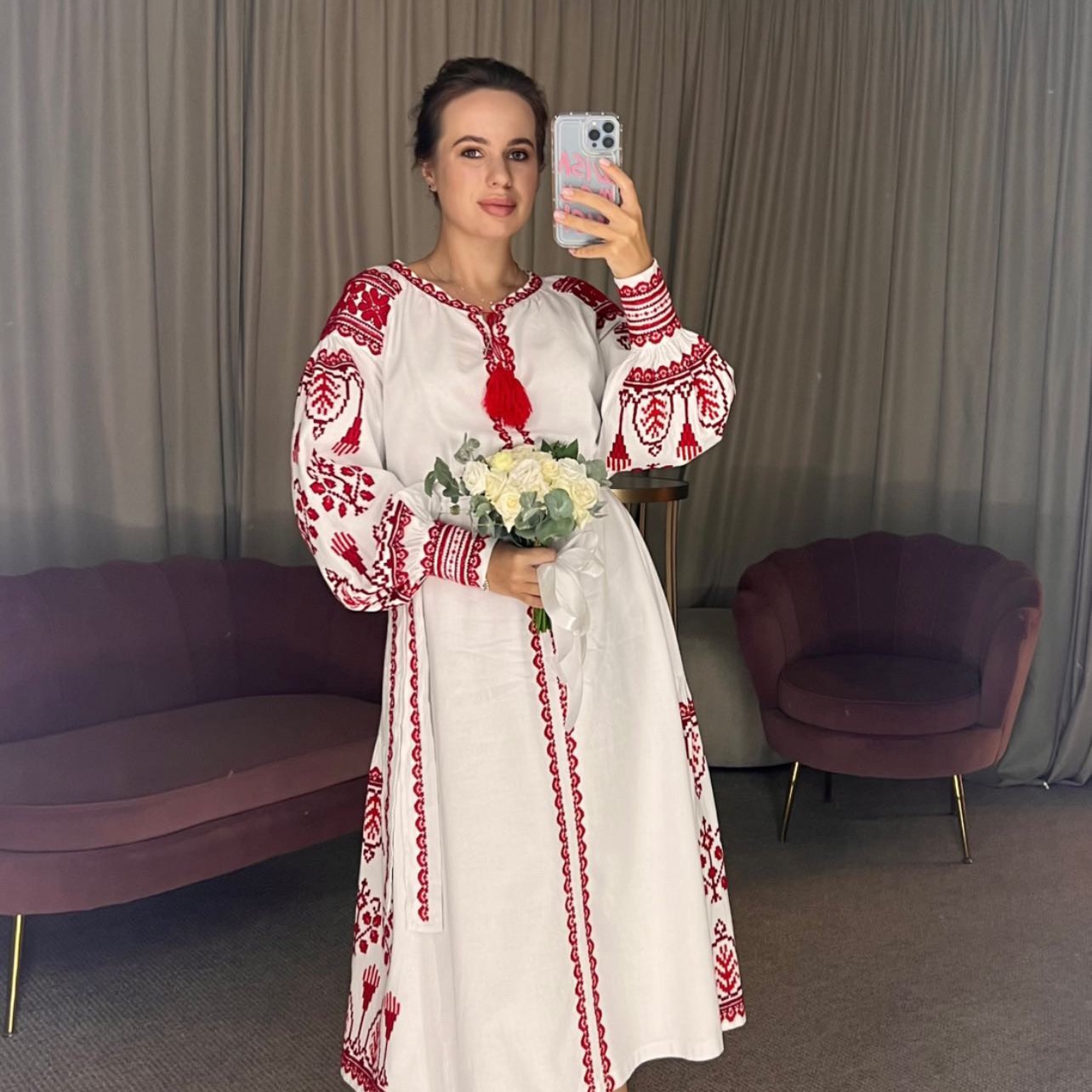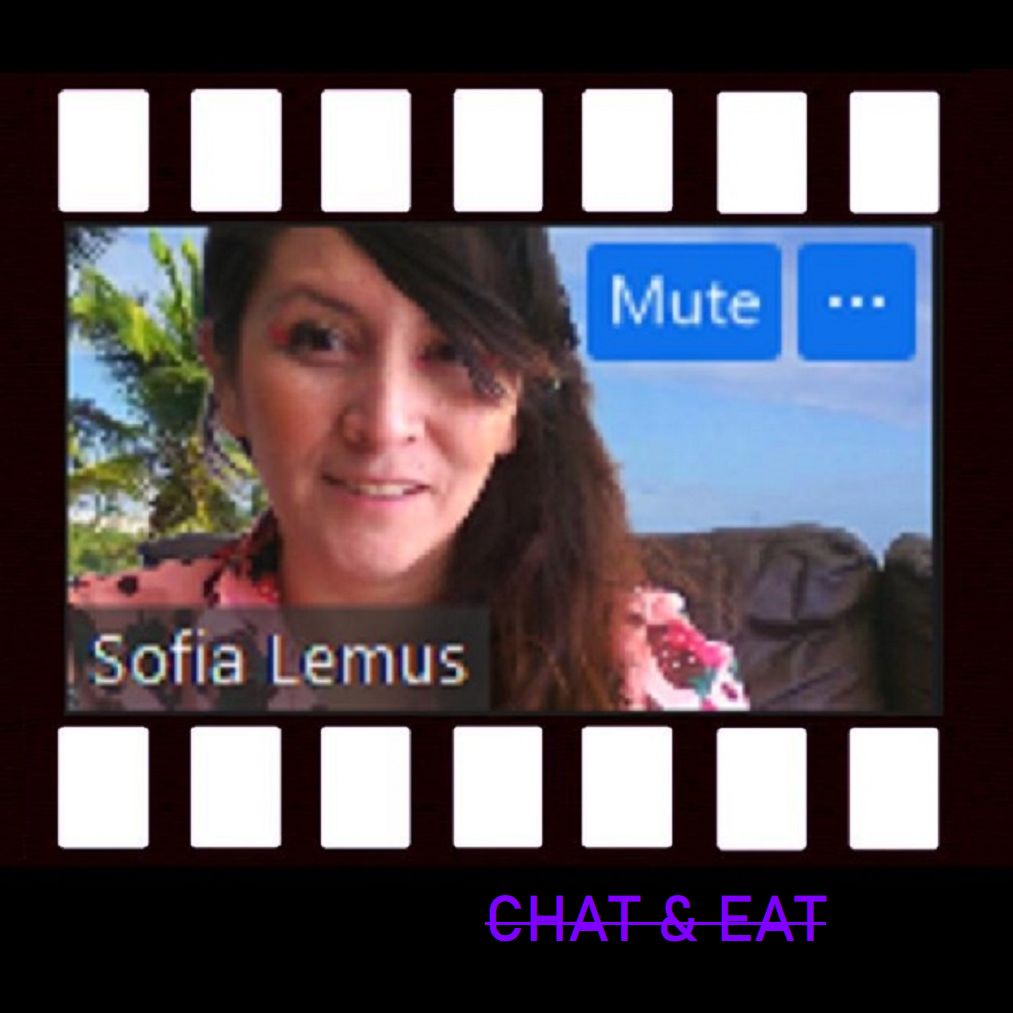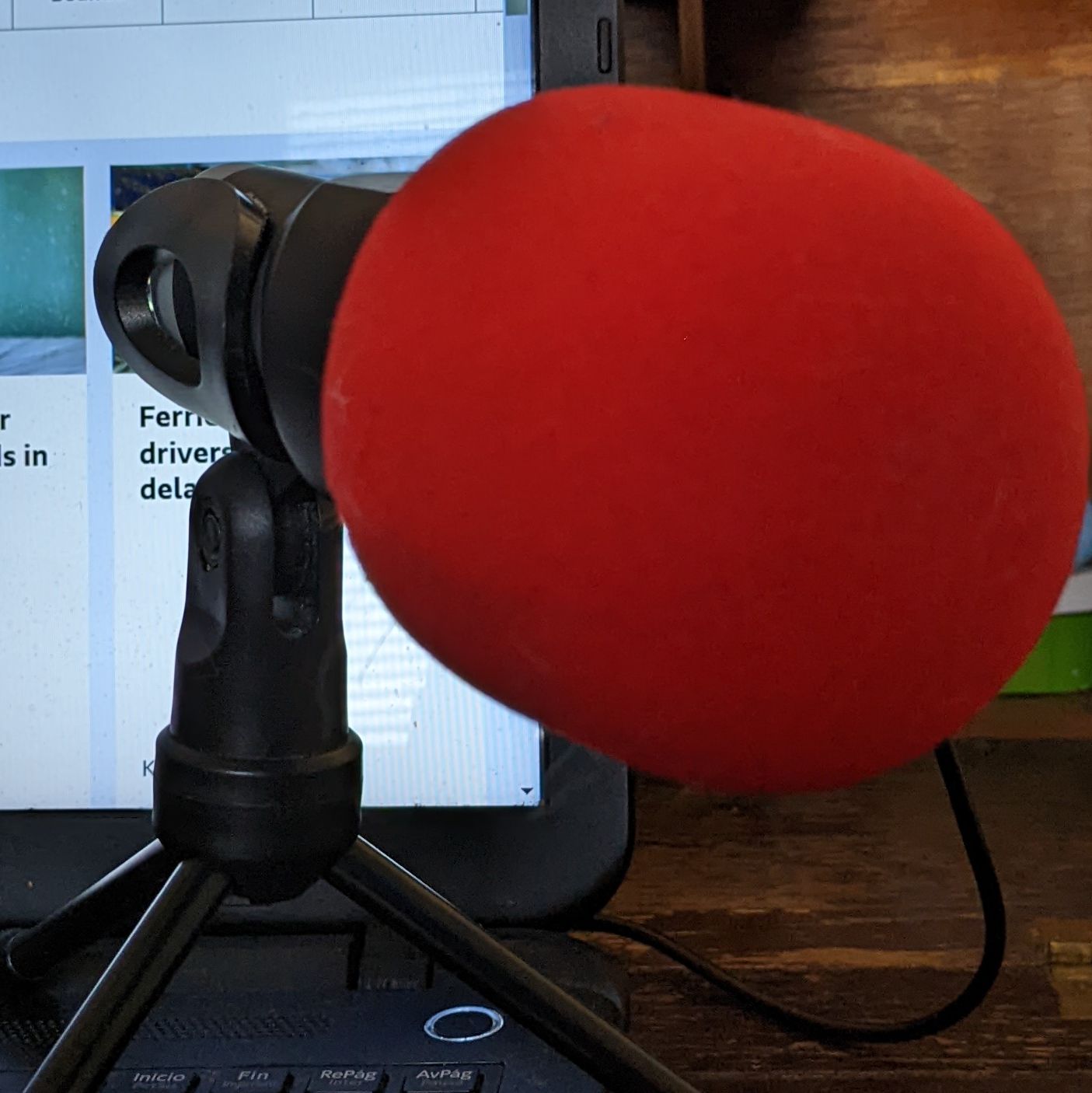
Velar Consonants
説明
Velar consonants are sounds you make with the back of your tongue touching the soft palate, also called the velum. It's the fleshy bit at the back of the roof of your mouth, near your uvula (the little dangly thing).
Production:
Raise the back of your tongue up to touch the velum. Airflow is blocked completely for a moment.
Examples in English:
/k/: This is the voiceless velar plosive, the sound at the beginning of "kit" or "cat."
/g/: This is the voiced velar plosive, the sound at the beginning of "game" or the "g" in "going."
/ŋ/: This is the velar nasal, the sound at the end of "sing" or "long." Notice how air can flow out your nose while making this sound.
Other interesting facts:
The sound /k/ is actually one of the most common consonant sound across all human languages! Velar consonants can be influenced by nearby vowels. They might move slightly forward in the mouth (called "fronting") before front vowels like /
i:/ or /ɪ/ or move back (called "retraction") before back vowels like /u/ or /ʊ/.
Some practice tongue twisters:
Kate keeps giving up in the morning
My gran’s going to see the king in the Congo
Can a king conquer a sinking kangaroo
Kick the giggling goblins guarding the gold
Kevin clung to the clinging kangaroo
Book a lesson for access to the most comprehensive materials library and practice system you will ever find, anywhere.
ポッドキャストチャンネル
Target: British Accent
製作者
全エピソード

Рецепт українських страв

04. The Ideal Relationship 和爱人的相处模式

Protecting animals

CAPITULO 7 : Comer con los suegros 😶🌫️🤯 CHAPTER 7: Eating with our parents in law

中国古诗 zhōngguó gǔshī(classical Chinese poetry)

How to be a REAL Gentleman

Describe something you did to learn another language

Morning Inspiration - the Phrase Move on
人気のエピソード

Тексти на різні теми
Рецепт українських страв

Blabla Chinese
04. The Ideal Relationship 和爱人的相处模式

AngliaEnglish
Protecting animals

Chat & eat 🌮 Charlar y comer ⚡ Monday & Wednesday
CAPITULO 7 : Comer con los suegros 😶🌫️🤯 CHAPTER 7: Eating with our parents in law

Life in China
中国古诗 zhōngguó gǔshī(classical Chinese poetry)

The Social Evolutionary
How to be a REAL Gentleman

IELTS 85 Speaking
Describe something you did to learn another language

Teacher Joseph's Podcast
Morning Inspiration - the Phrase Move on